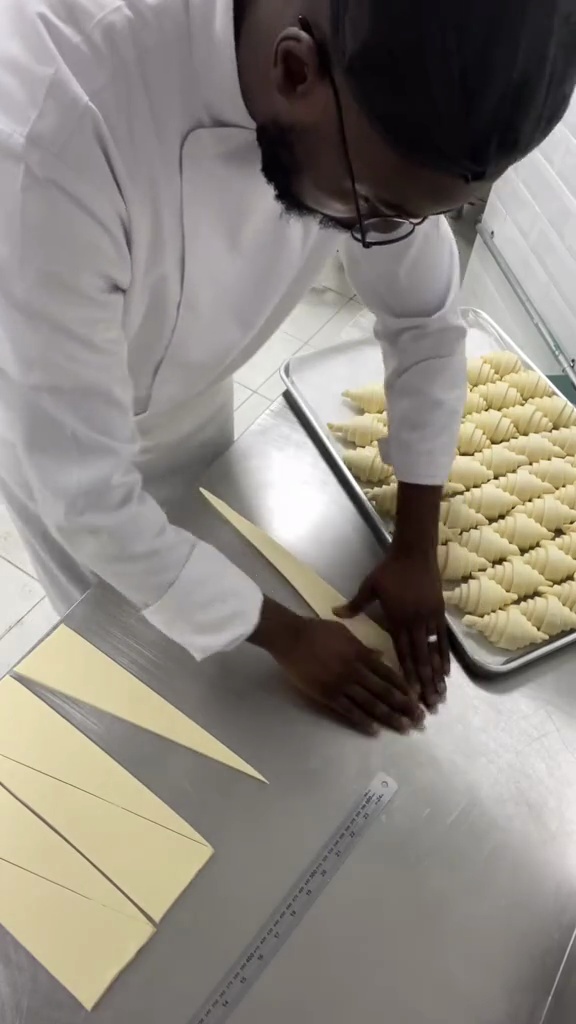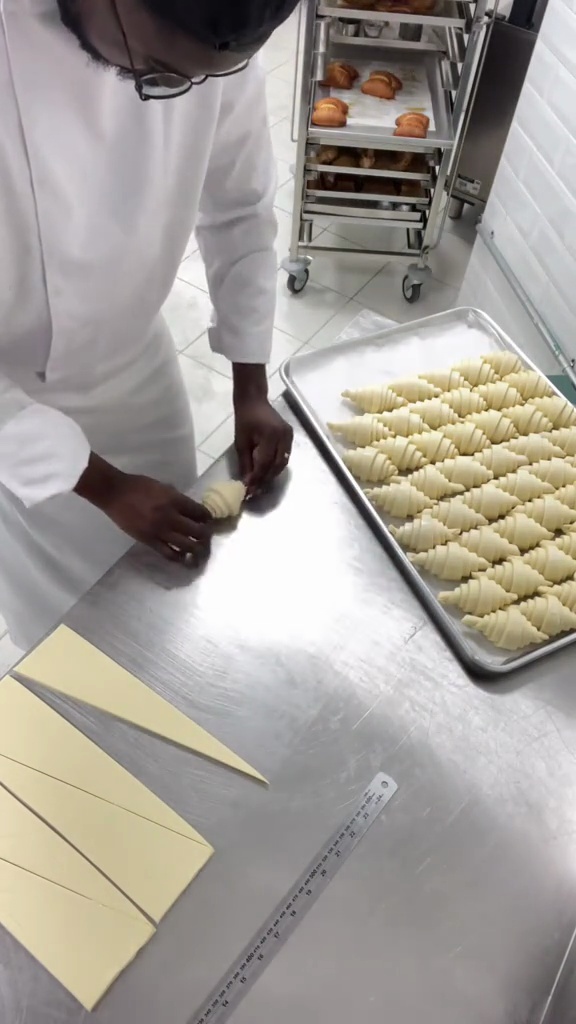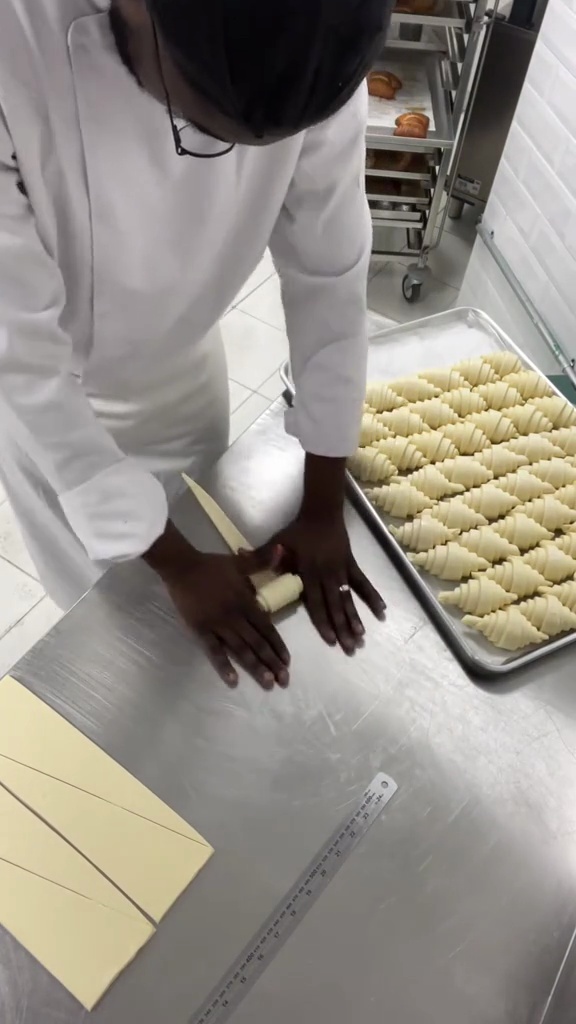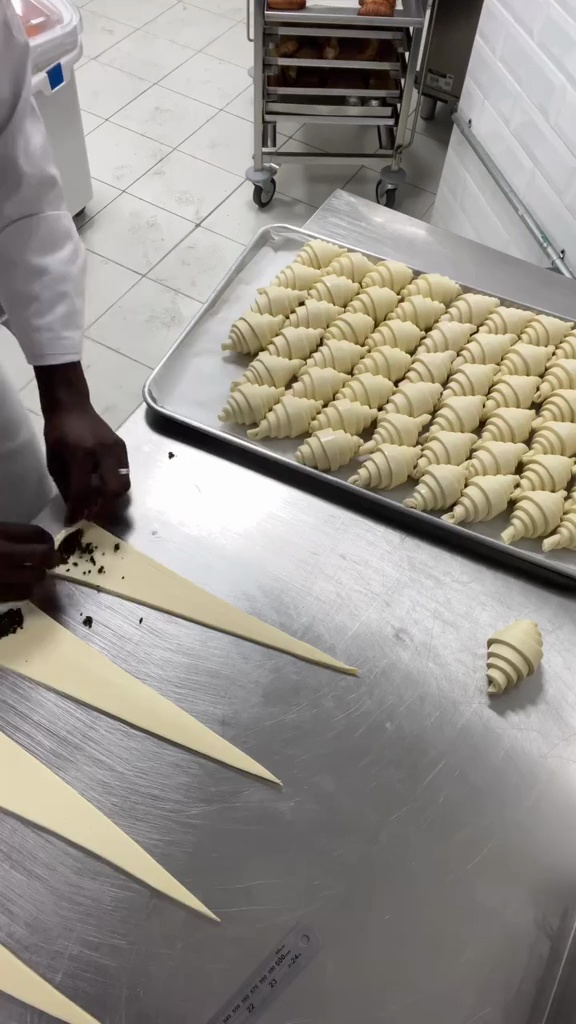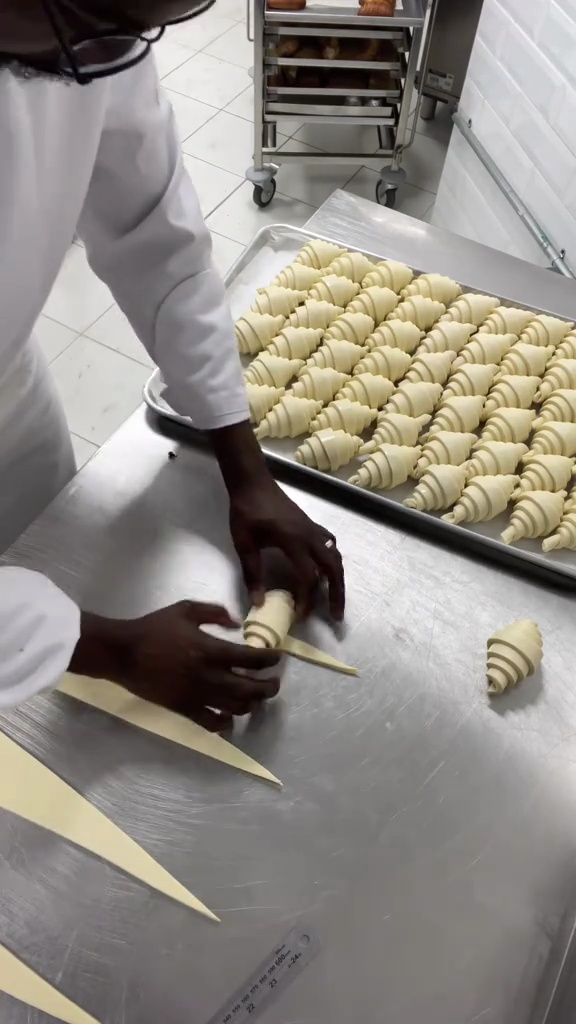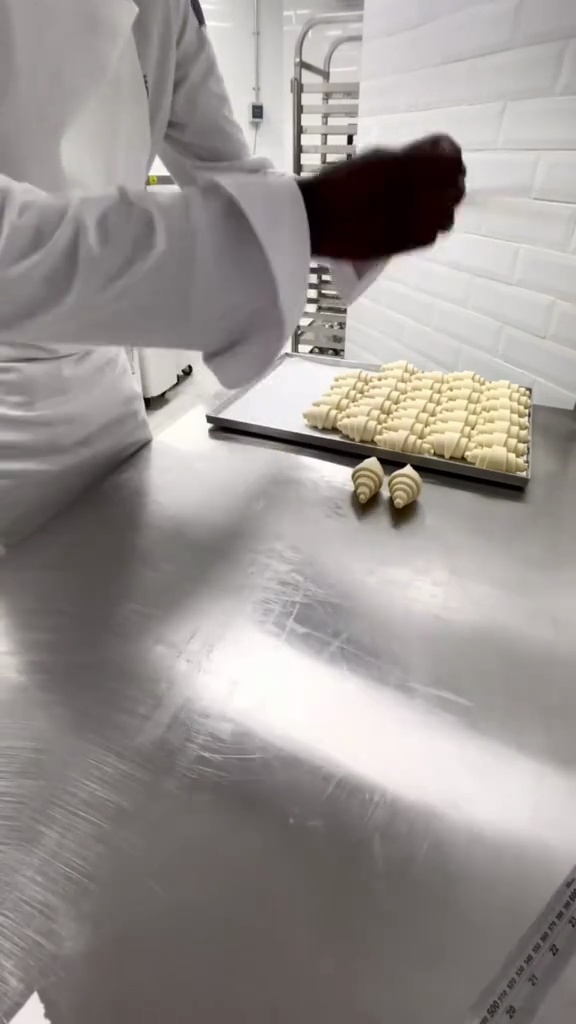Back to French Recipes
Author:
mansour.pastry
TikTok
2M
35K
Keys Points for Perfect Croissants
This recipe details the process of making perfect croissants from scratch, incorporating key techniques such as maintaining optimal dough temperature, achieving the correct rolling thickness for lamination, and ideal proofing conditions. While the original video highlights essential tips, this comprehensive guide provides a full step-by-step process for crafting flaky, golden croissants. Note: The ingredients and detailed steps are inferred based on standard croissant-making practices, as the source video focuses on technique points rather than a complete ingredient list.
#Croissant
#French Pastry
#Baking
#Breakfast
#Lamination
#Dough
#Homemade
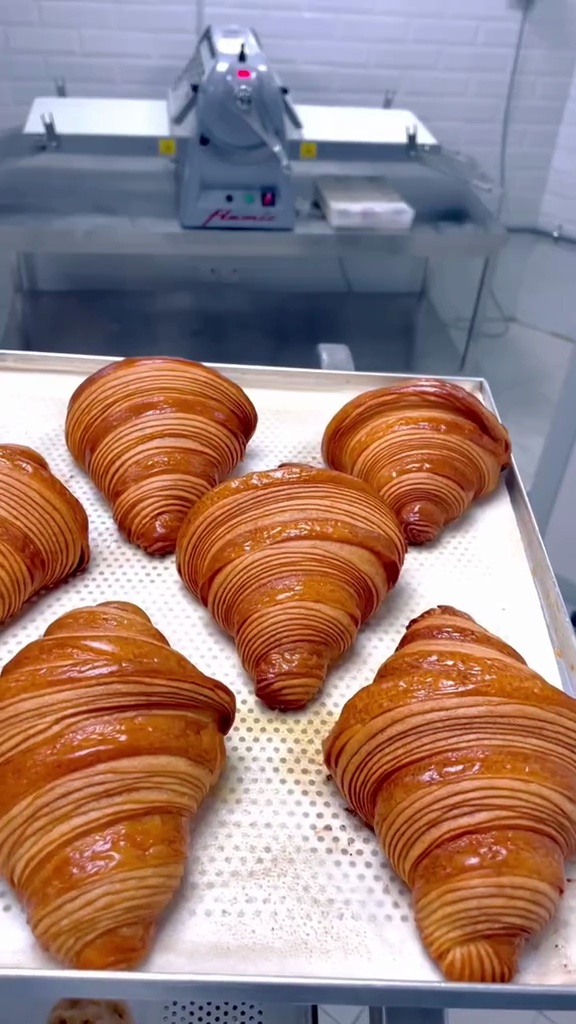
Freshly Baked Croissant
Recipe Information
2h
Prep Time
20m
Cook Time
11h
Total Time
12
Servings
Hard
French
English
Nutrition (per serving)
350
Calories
8g
Protein
40g
Carbs
18g
Fat
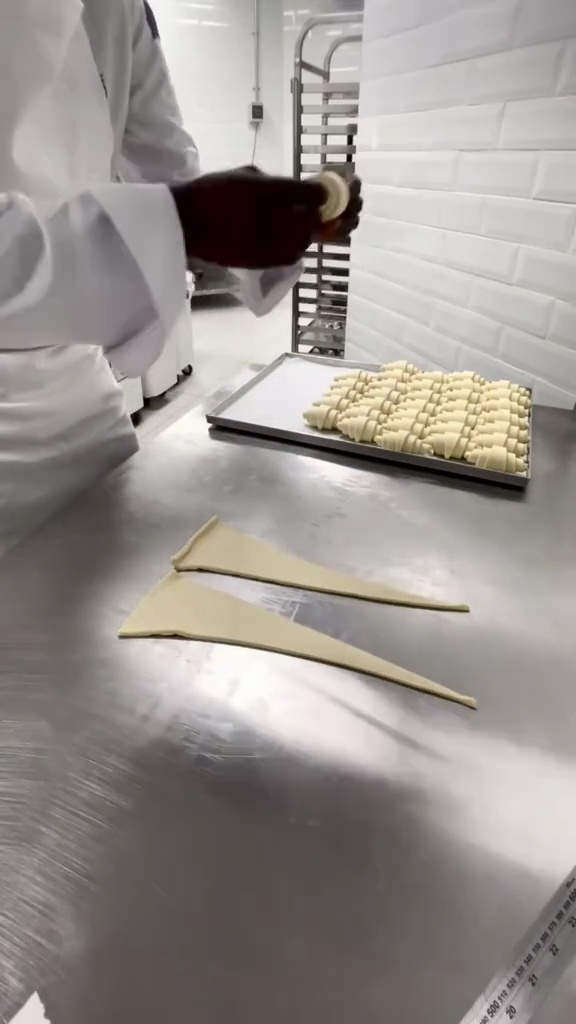
Laminated Dough
Ingredients
Servings: 12
💡 Tip: Check off ingredients as you add them to keep track of your progress!
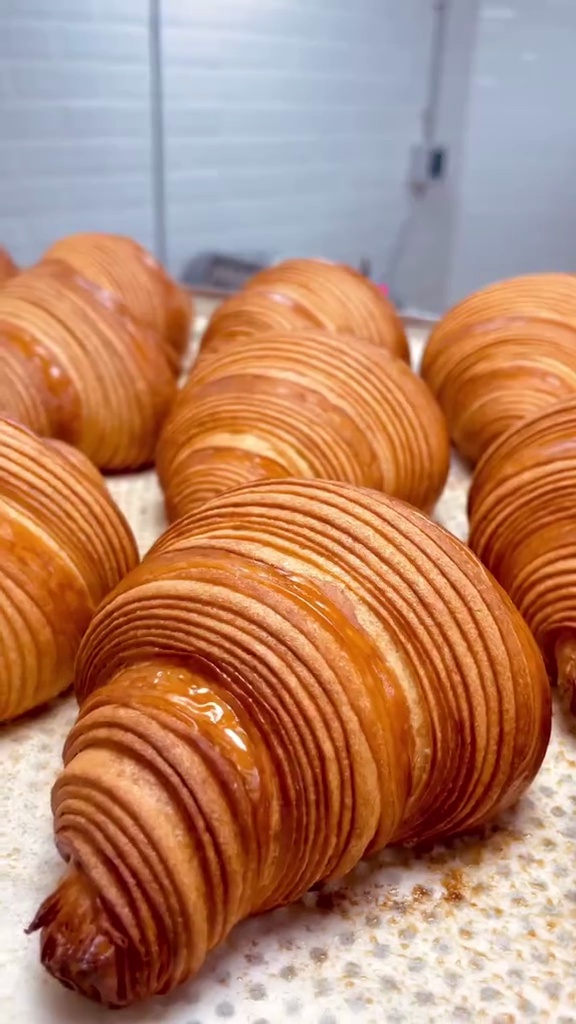
Shaped Croissants Proofing
Instructions
0/9 completed
0%
💡 Tip: Click on any step to mark it as completed and track your cooking progress!



